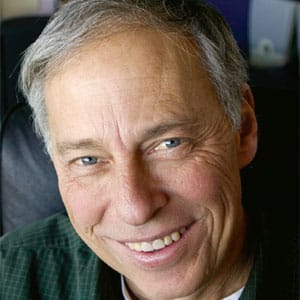Paul McGowan writes:
We’re moving into a series on power amplifier headroom for a couple of reasons: first I think most people really don’t understand just how much power is enough and secondly, we’re introducing a new power amplifier this summer that’s of a power level high enough to raise some eyebrows. I want to make sure we all understand why anyone would choose the path of higher power.
I think we’ll just do a short one today and cover loudspeaker efficiency – how it’s measured and what it means and what’s lacking from that measurement.
You hear efficiency figures bandied about constantly: 90dB, really efficient 95dB, really low efficiency, 87dB and so forth. Let’s take a look at how that’s measured.
Most of you probably understand that when we say a loudspeaker is 90dB efficient it is referring to a standard which is 1 meter 1 watt. That quite simply means if you put a 1 watt sine wave into the loudspeaker and place a microphone 1 meter away from the speaker, you will get 90dB of sound out of the speaker. 95dB is the same thing – place 1 watt of sine wave power into a speaker and this time it plays 5dB louder than the last one, producing 95dB of sound pressure to a microphone placed 1 meter away from the speaker.
These figures help us gauge what kind of power amplifier we need, if it’s going to be an easy or a difficult load and are really helpful in a relative sense – meaning in relation from speaker to speaker this figure is meaningful. In relation to what power amplifier you need, not so meaningful.
Why? Because we don’t listen to sine waves.
Music is made up of a complex grouping of multiple sine waves that average together to create the sounds we hear.
Tomorrow we’re going to learn about a term that’s important for us to understand: Crest Factor.
Crest factor is the ratio between peak power and average power and while it sounds complicated, it’s not.







